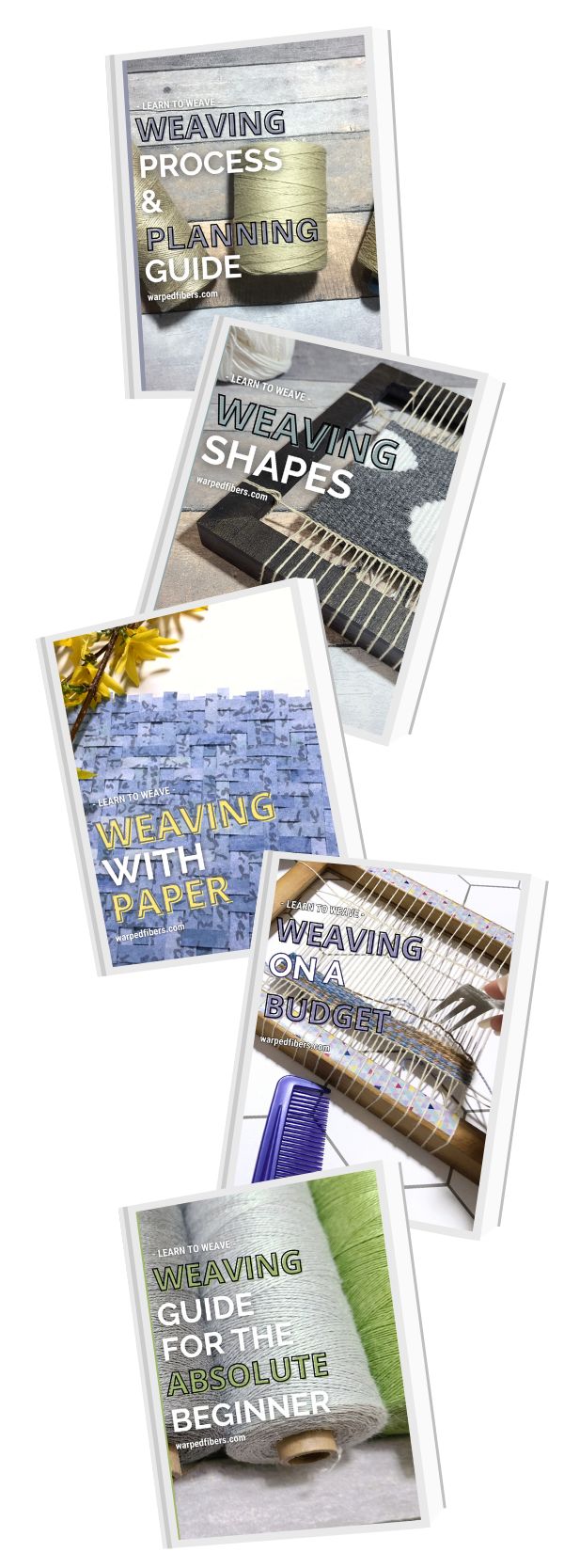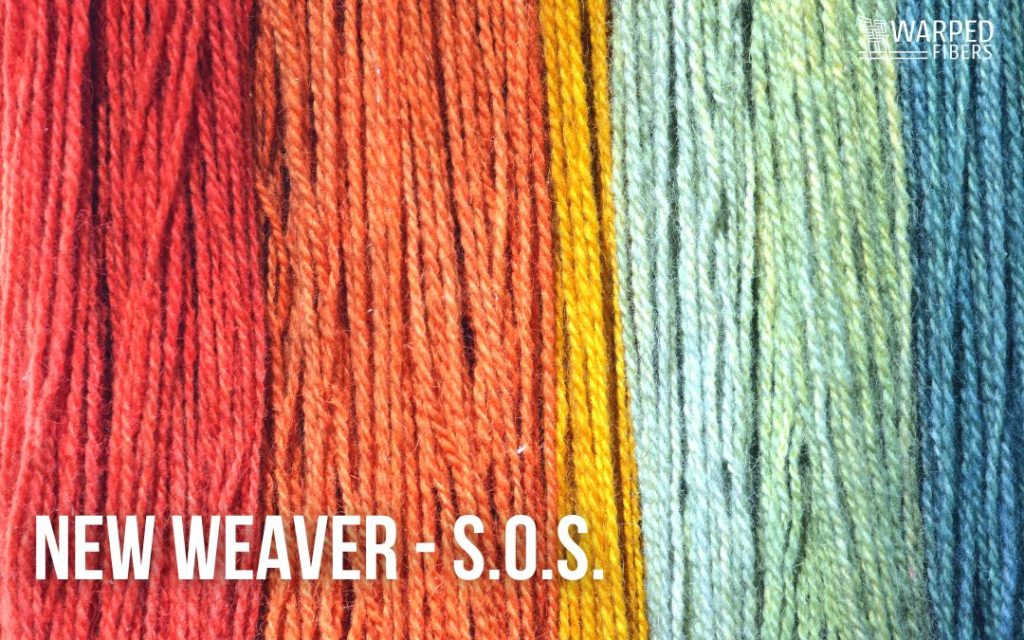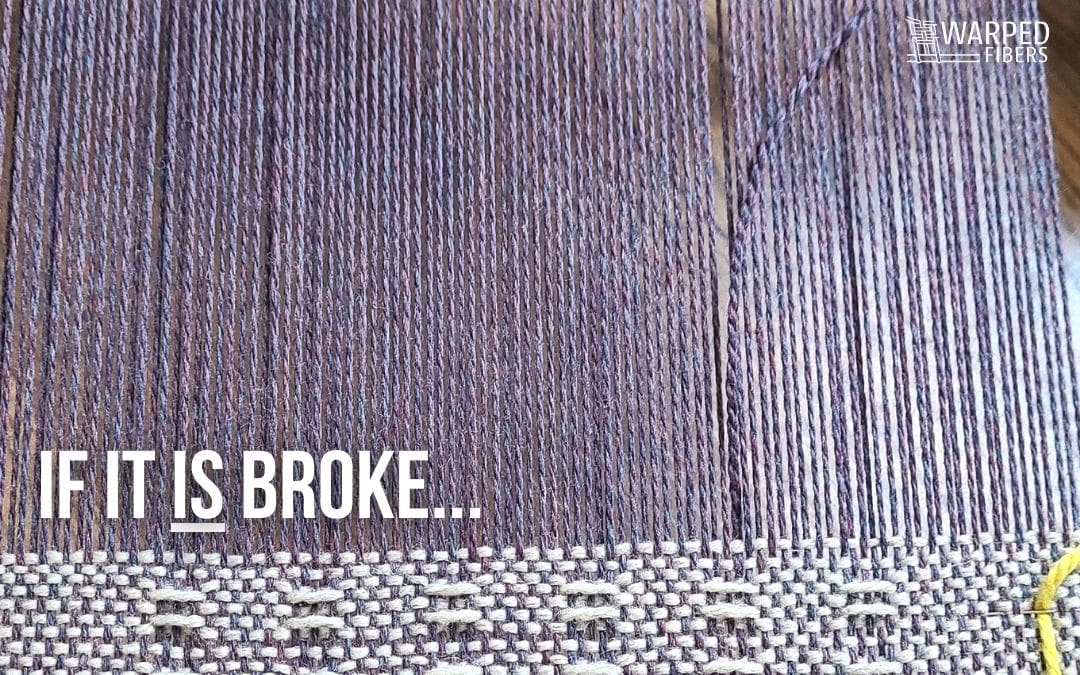Weaving is one of the oldest forms of textile creation that dates back to the prehistoric era. It was an incredibly important part of everyday life that supported and clothed families.
Something this important is often immortalized through stories that are passed down through the generations.
So just like the creation of the earth, the weather, and everything in between – weaving is steeped in its own set of mythology from different areas and cultures around the world.
Despite the fact that men have been weaving for as long as weaving has been around – weaving myths tend to center around women.
When it comes to goddesses, many of them are associated with more than just weaving. Often they are also associated with spinning, dyeing, and things like marriage, love, and the home. Throughout the world, these similarities in associations are astounding to see.
Probably some of the most well-known myths come from Greece and I will be going over those. I will also be recounting some weaving folklore from different parts of the world because weaving was and is important everywhere.
Arachne
Spiders were the original weavers, but not if you were to follow the myth of Arachne and Athena.
There are actually multiple different versions of this myth – as is common for anything that is passed down through generations.
Arachne was a weaver who believed that her weavings were the best in the world – even better than anything that could be made by the gods. She would boast about this to anyone willing to listen.
When Athena, the goddess of wisdom, war, and crafts such as weaving, heard about this she disguised herself as an old woman to try to give Arachne the chance to take back her vain words.
When Arachne refused, Athena transformed back into her real form and challenged her to a weaving competition.
Despite Arachne’s proficient and technically incredible weavings, they lacked compassion and substance. For this, Athena turned her into a spider as a punishment but also a gift.
With this transformation, she would still be able to weave forever.
Spider Woman/ Grandmother
Speaking of spiders, more than one Native American tribe has a weaving figure in their culture. Depending on the tribe, she may be known as either Spider Woman or Spider Grandmother.
Navajo speak of Spider Woman as the helper of humans and she would teach people about agriculture and how to weave. She would often appear in stories as a helper and protector of the innocent. She was also the first to weave the universe.
To this day, young Navajo weavers are instructed to find a spider’s web and place their hand upon it without destroying it. This will give them the spirit of weaving that will live with them forever.
Hopi on the other hand, have Spider Grandmother who helped to create the world. Originally it was just her and the Sun god Tawa. Spider Grandmother controlled the underworld and Tawa controlled the sky. The two of them created the earth between. Just like Spider Woman, she taught people how to weave and take care of themselves.
The Fates
In Greek mythology, the fates were three goddesses that controlled fate (surprise!) Oftentimes fate was described as a thread and the fates were the weavers. They each had a different part to play in spinning, weaving, and determining the fate of others.
- Clothos was the spinner and was said to spin the thread of life at each person’s birth
- Lachesis measured the thread of their life to determine how long they would live
- Atropos cut the thread of life to determine their death.
The idea of three women who determined and controlled fate was not exclusive to Greek mythology. In fact, they can be found in a similar form throughout Western culture.
The Norse fates were known as the Norns. They both created and controlled fate which essentially made them even more powerful than the gods.
- Urd -The Past
- Verdandi – The Present
- Skuld – The Future
In the imagery used to portray the Norns they were usually shown doing one of three activities: “casting” pieces of wood (like rolling dice), weaving cloth, or carving symbols.
Similar to the Greek fates, in Norse mythology, the Norns would visit a child when it was born to decide and weave their fate.
Frigg (Frigga)
Frigg is the wife of Odin and the Norse goddess of spinning and weaving. She is said to have woven the clouds, mists, and fog.
Just like Odin is known as the All Father, Frigg is known as the All Mother.
Frigg was known to practice Seidr (Say-der) which was a type of magic that was meant to perceive fate and even change it by weaving events into being. Due to this and her link to motherhood, children, and the home she was often associated with the Norns.
The Odyssey
If you are like me then it has probably been a while since you read The Odyssey. If that is the case (or if you never got around to reading it) then it may surprise you to know that weaving actually plays a major role in part of the story.
Penelope, the faithful wife of Odysseus was left alone for years. During her time alone she had many suitors that came to try and woo her and gain her hand in marriage. Penelope never wanted to give up on seeing her husband again so she developed a plan.
She would choose one of them once she was finished weaving a burial shroud for Odysseus’s father.
Since she never intended to marry anyone else – every night she unraveled what she had woven that day so it would never be finished.
The Goddess Weaver
In China, the creation of the Milky Way and Valentine’s Day have their own mythology and they are related!
There were 7 fairy sisters that were once bathing in a lake. Niulang, a cow herder, came upon them and stole their clothes.
The youngest of the sisters, Zhinü, was tasked with recovering their clothes and when Niulang saw her, he asked for her hand in marriage. She agreed.
Despite their rocky beginning, Zhinü and Niulang lived a happy life where they had 2 children. Zhinü spent her days weaving and taking care of the children while Nuilang attended to his cows.
The Goddess of Heaven (Zhinü’s mother) found out that she had married a mortal and abandoned her life in the sky and she was furious.
Zhinü was forced to return to her life weaving the clouds in Heaven.
In order to be with his wife again, Niulang made a cloak out of his magical ox’s hide which allowed him and their 2 children to enter Heaven.
Still angry, The Goddess of Heaven split the sky in two in order to keep them apart. This split in the sky is known as the Milky Way. Once a year on the seventh day of the seventh lunar month a bridge is created in the sky and Niulang and Zhinü are reunited. This day is known as Chinese Valentine’s Day, the Qixi Festival, or The Double Seventh Festival.
Tayet
Tayet was the Egyptian goddess of weaving. She was also associated with the mummification process and it is thought that her name comes from the Egyptian word for shroud. It is said that she also wove the curtain that hung at the entrance to the embalming tent.
As time went on due to these associations she also became linked to the linen bandages that were used to cover the mummified remains of Pharaohs and protect and cover injuries. Due to this, Tayet also became the goddess of purity and cleanliness.
With her association with Linen, Tayet has been portrayed with either green or pale skin. Her green skin is said to represent the green stalks of the growing flax plant and her pale skin represents the finished linen.
These are not all of the myths and folklore that are about or mention weaving, just the ones that I could find the most information on. The fact that there are so many is just another reminder of how important weaving is!
References
https://ancientegyptonline.co.uk/tayet/
https://henadology.wordpress.com/theology/netjeru/tayet/
https://www.sparknotes.com/lit/odyssey/character/penelope/
http://en.chinaculture.org/focus/focus/2010qixi/2010-08/16/content_391106.htm
https://norse-mythology.org/gods-and-creatures/others/the-norns/
http://www.native-languages.org/spider-woman.htm
https://www.navajorug.com/blogs/news/spider-rock-center-of-the-navajo-nation
http://www.mythencyclopedia.com/Sp-Tl/Spider-Woman.html#ixzz6saiBnjBO
https://norse-mythology.org/concepts/seidr/
https://norse-mythology.org/gods-and-creatures/the-aesir-gods-and-goddesses/frigg/
https://www.greek-gods.info/greek-gods/athena/stories/athena-arachne/
⇣ Love It? Share It! ⇣
You May Also Like























I adore Mythology & the iconic meanings of life, adventures and personalities. My most favorite thing todo is weave. So this article is very close to my heart thank you for your research and article.
Mythology is so interesting – I’m so glad you liked it!